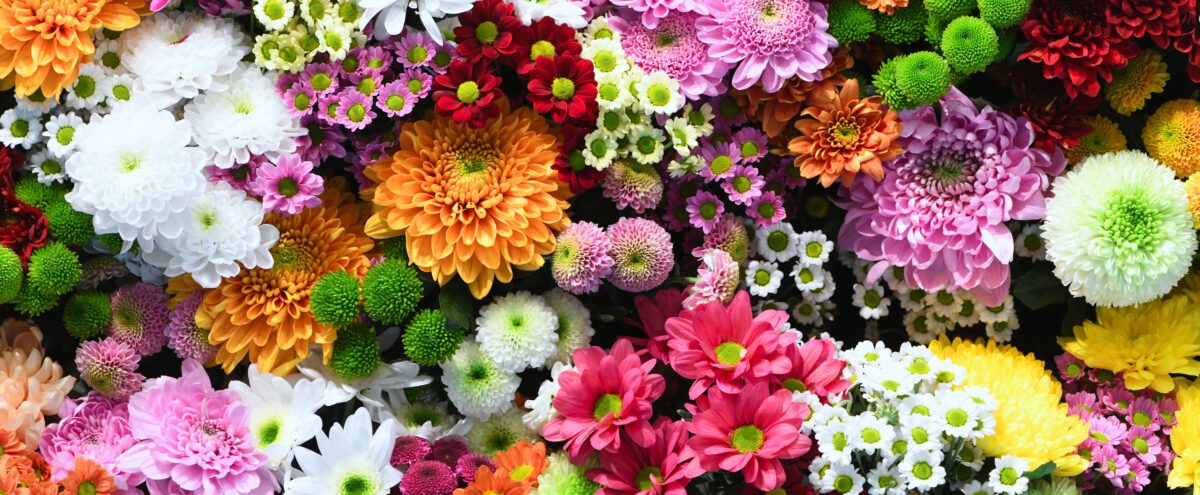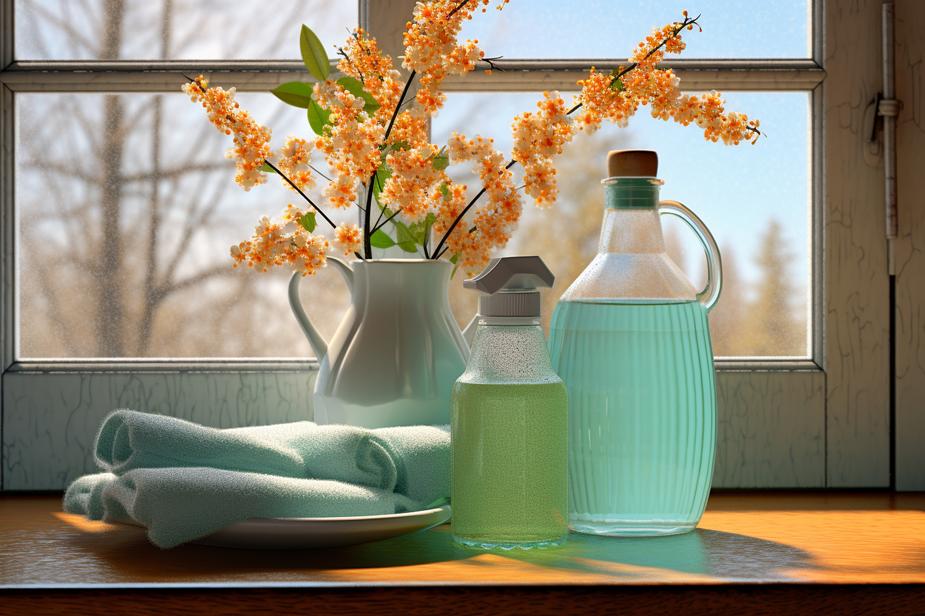
Originally published in COLLECTIONS by Harvey Kalles Real Estate, ART & INNOVATION is now on view at Bata Shoe Musuem.
___________________________________
Before it existed at the corner of St George and Bloor, Sonja Bata’s private collection of footwear was the passionate endeavour of a persistent collector who had the means and the will to realize the vision that is now the Bata Shoe Museum. As part of the museum’s early and ongoing expansion, field research trips were undertaken to explore the culture of indigenous people of the circumpolar nations. Ethnographers Jill Oakes and Rick Riewe from the University of Manitoba have dedicated their lives to interviewing and documenting indigenous people across the north of the world, creating a wealth of research in this field. This winter, as part of its 20th anniversary series, the museum will unveil “Art and Innovation: Traditional Arctic Footwear from the Bata Shoe Museum Collection,” exhibiting the most exquisite and culturally significant pieces of collected footwear and related cultural objects from these trips, and in the process, showing the breadth of diversity among the cultures that live in the Arctic region through the footwear they design.
The exhibit, which opens in February, harkens back to one of the Bata Shoe Museum’s first exhibitions 20 years ago, “Our Boots: An Inuit Woman’s Art.” This exhibit was the result of a detailed ethnographic exploration all of Canada’s Inuit groups, from the Inuvialuit to the Copper, the Netsilik, the Caribou, the Ungava, the Labrador, the Baffinland, and finally, the Iglulik. Many Canadians lump these groups together, when in reality there are many differences, not the least of which are language and dialect. It is fitting that as part of the 20th year celebrations, the current exhibition expands on this earlier work by exploring the entirety of the circumpolar region, which includes all regions above the Arctic Circle.
In a recent interview with Elizabeth Semmelhack, Senior Curator at the Bata Shoe Museum, she correctly points out that “a lot of people think of the Arctic as a kind of monolithic whole, and in fact there are some commonalities such as climate and resource availability, the use of reindeer or caribou, seal, etc. But there is an incredible amount of difference as you cross the circumpolar region, and we want to highlight where this diversity is in footwear and why that diversity exists.”
The inhabited parts of the circumpolar region are divided amongst the seven polar nations: Russia, Canada, the US, Finland, Denmark, Sweden and Norway. However, these national borders do not necessarily delineate the different indigenous ethnicities that inhabit the area. For example, the Saami territories range from Norway through Sweden, Finland and the Northwestern reaches of Russia. As one moves east across Russia through Siberia you’ll find the Nenets, the Khatnyu, the Evenk and the Chukchi. Continuing counter-clockwise around the pole, we see that Alaska has the Aleut and Yapki, and finally, the Inuit live in territory from Alaska right across Canada through to Greenland. The exhibit is laid out to reflect this full circle geography.
If you asked the average Canadian what a kamik or mukluk is, they might tell you it is a brand of footwear. They would be partly correct. In fact the Inuit kamik is a fully handmade, meticulously prepared and patterned, cut and sewn animal skin boot, and is perhaps the most important item of clothing a hunter or anyone else in the Arctic climate might wear. As one’s mobility often depends on the state of one’s feet, dry and warm are the key attributes of a properly treated and seamed sealskin boot. Depending upon the availability and location, a boot might be made from ringed seal, caribou, or other animal skins. In the coldest months, the maximum insulation capability of the caribou fur is favoured, whereas the highly waterproof seal skin makes more sense in the ever-increasingly warm and wet times of the year. Seal gut skin are also used as a lightweight and waterproof warm weather item, as well as fish skins which can be used as ‘grippy’ soles. Combinations and layering of skins is not uncommon, and one can imagine that a specific set of layers would make sense for a specific type of condition.
Since the functionality of such clothing is paramount for survival, a footwear-maker’s most important skills are often hidden in the general quality of the skin, properly stretched and scraped, and in the tightly sewn seams of sinew on the interior of the boot. The samples on display collected by Oakes and Riewe are examples of the best craftsmanship from the Circumpolar Region. And while it would be difficult to display the seam work on the inside of these boots in everyday usage, the women who create these items of clothing are able to show off their skills through methods such as skin inlays, beadwork, decorative stitching, intricate piecework, and even how the fur patterns are joined or mirrored in any given pair of boots. It’s thought that the better the quality of the decoration, the better the quality of the boot, and the drier and warmer the foot. These various decorative techniques vary widely as one travels around the region. For example, whereas the Inuit footwear can feature incredible inlays of winter and summer fur, thus creating a dark and light design, footwear from Greenland might display the intricate piecework of tiny bits of sealskin that defines the national costume. Photos taken by Riewe are featured alongside the items so that we can see the very person who made them.
Also on display are the hand tools that are used for the preparation and creation of animal skin clothing. In contrast to the articles of clothing and footwear which are made exclusively by women, the tools are made almost exclusively by men. In the case of skin preparation tools, such as scrapers and ulus (a multipurpose cutting knife with a wide crescent blade and a handle which is parallel to the blade, similar to an Italian mezzaluna), they would usually be made by the husband for his wife. In earlier times with a lack of smelting technology, the cutting parts would have been stone, whereas today they are made from steel. The cultural importance of these tools cannot be understated. In some communities when an elder died, her ulu would be buried alongside her body.
In comparison to the lives of most North Americans, life off the grid in the North looks difficult, but as Ms. Semmelhack states, “The Arctic might seem harsh, might seem very difficult to eke out a living, but in fact there is abundance, and that abundance offers people who can be clever and innovative… it offers opportunity.” Exploring the diverse cultures of the Northern peoples of our planet through an exploration of their footwear is a fascinating window into the uniquely human drive to innovate and survive.
Art and Innovation: Traditional Arctic Footwear from the Bata Shoe Museum Collection opens February 2016. For more information on this or other 20th anniversary programming, visit BataShoeMuseum.ca
Image from Bata Shoe Museum, Toronto, Canada.




